-
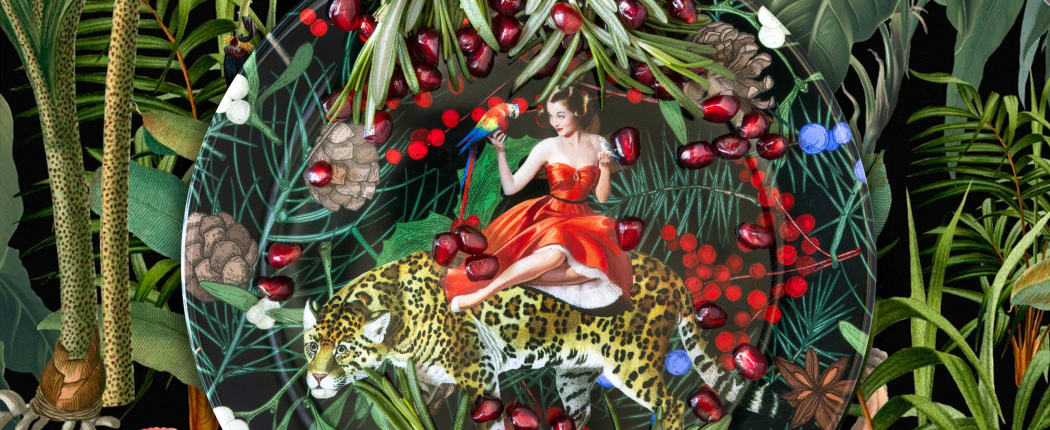
JP Terlizzi's Creatures of Curiosity
By Geoffrey C. KoslovThe production of artwork flows from the release of something inside an artist that drives their creative expression. JP Terlizzi is an artist that uses his abilities to envision and build ephemeral works of art that are memorialized as photographs. In Creatures of Curiosity and Garden Symphonies, Terlizzi revisits his earlier works in The Good Dishes and Holding Arabesque, with several new twists. Terlizzi comments that, for him, “The Good Dishes integrates memory, legacy, and metaphor with my response to loss. Without fail, when it came to the family’s fine china, that item was always given to the person that most cherished its memory and sentimental value.” Following that series, the Covid crisis opened a door to additional creative expression: “Holding Arabesque was inspired by the shifts in my life brought on by a result of the pandemic. It was about craving stability in a time of instability. I built these food totems to push their stability as my response. Humor and Nostalgia are known coping mechanisms we resort to when we experience high stress or trauma… I was craving happier times.” As our culture began moving past social isolation, his visual engagement became bolder, first evolving into Garden Symphonies, and then Creatures of Curiosity.
-
 Detail of David Reinfeld, Reliance 1, 2007
Detail of David Reinfeld, Reliance 1, 2007Composite Realities: The Art in Architecture
by Geoffrey C. KoslovDavid Reinfeld’s Composite Realities embraces the art in architecture and the surrounding environment. Throughout photographic history, the capturing of buildings, streets, and cityscapes has been a ubiquitous fodder for artists and photographers. Reinfeld’s work incorporates abstractions of fragmented buildings along with pieces of detritus and layered torn plastered signs. Having received his MFA from the Rhode Island School of Design (RISD), he is a street photographer with an informed bias. How he “sees” has been influenced by New Bauhaus artists infused by earlier industrial art movements also embracing art, science, and design. It is with this background that we can begin to look at David Reinfeld’s Composite Realities.
-
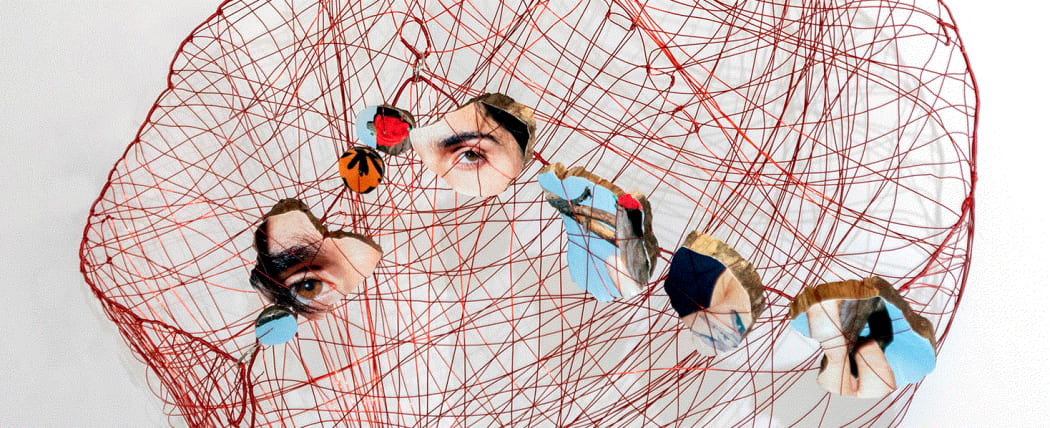 Detail of Lou Peralta's Disassemble #13 (full image below)
Detail of Lou Peralta's Disassemble #13 (full image below)What is Contemporary Photography? (Revisited)
By Geoffrey C. KoslovWhat is contemporary photography? In a prior commentary from September 2015, eight years ago, by this author, it was defined in this way: “Contemporary photography could be described as a photograph from our own time, compared to an image from a much earlier period. A relevant definition of the word contemporary is: “‘happening in the same period of time… of or in the style of the present or recent times…’ There are no bookends to defining a period for Contemporary Photography. It is a rolling and evolving view of photography from a contemporaneous moment in time… it is a reference to an image created that reflects our values, challenges, and perceptions today.” The following discussion is in many ways a continuation of this prior commentary on “What is Contemporary Photography?” At the end of the day, it is still “all about the image” as it reflects what is meaningful today; but the process through which we arrive there now is becoming very different. -
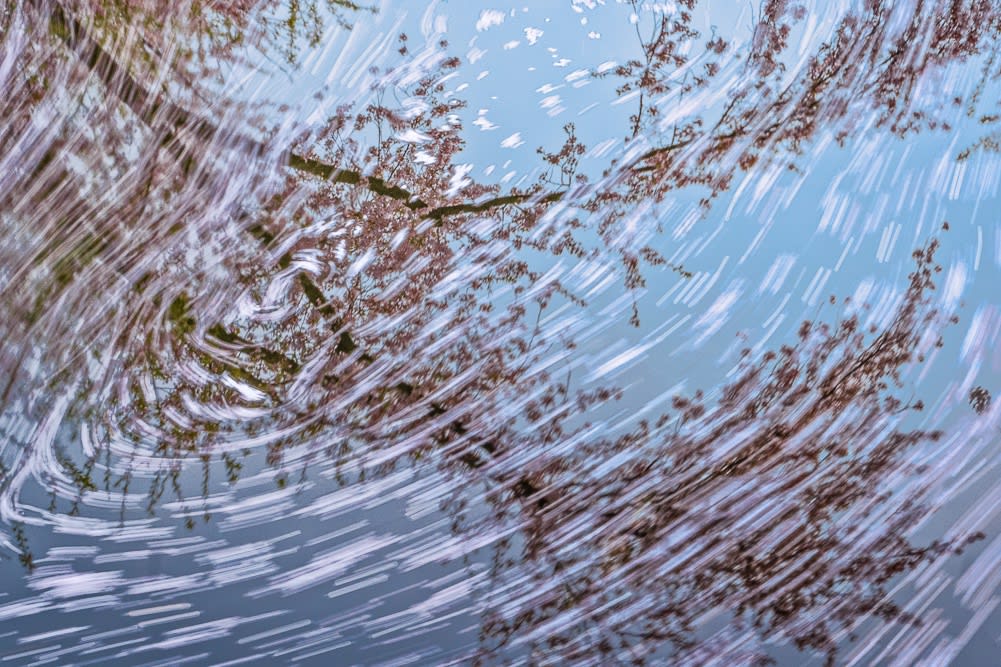 Xuan-Hui Ng, Remembrance #105
Xuan-Hui Ng, Remembrance #105Temporality and the Landscape Photograph
By Libby AtkinsThe emergence of photography as a medium revolutionized the temporality of landscape art. When we talk about photography, we also talk about time. When we talk about nature, we also talk about time. The cyclical nature of the world around us is not easily accepted by many Westerners. We have been taught to only conceptualize and value our human existence in terms of forwardness, linearity, and consumption. Inland / Outward follows the landscape photograph as relating to and reflecting the complexities of modern consciousness. As an acknowledgement of these complexities, Inland / Outward is appropriately a group show. Featuring seven artists, this collaboration of perspectives from Elizabeth Chiles, Robert Langham III, Libbie Masterson, Xuan-Hui Ng, David Reinfeld, Jane Szabo, and Margeaux Walter represents the subjectivity of relationships each of them have with the land. Through their images, we are called together to reevaluate our own relationships with the natural world.
-
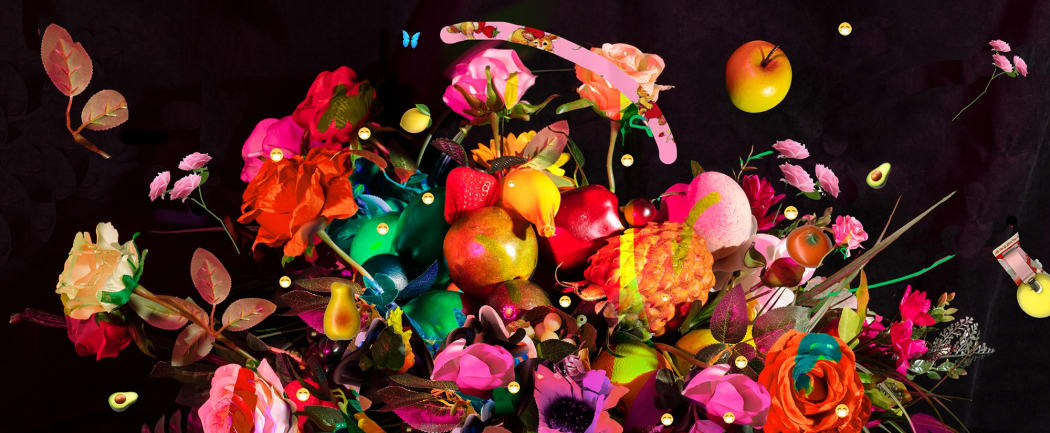 Detail of Kelda Van Patten's "More elegantly muscular than delicate (after Strange Plants III)," 2021
Detail of Kelda Van Patten's "More elegantly muscular than delicate (after Strange Plants III)," 2021Restless Symmetries: The Work of Barbara Strigel and Kelda Van Patten
By Geoffrey C. KoslovRestless Symmetries brings together two artists of differing backgrounds who share common ground in their art. For Barbara Strigel, her images are a visual essay on the nature of our perception of cities. For Kelda Van Patten, her work is in the style of a not-so-classic still life with visual reference to our internal environment and our inner selves inspired by selected poetry. Both artists exhibit a common energy in their work: a certain anxiety, pleasure, restlessness and motion. One exhibits symmetry in architecture from various countries; and the other a correspondence between symbolism embedded in both words and images. What appear to be disparate works come together in Restless Symmetries.
-

Amanda Marchand's Lumen Notebook
by Geoffrey C. KoslovAmanda Marchand, a Canadian photographer living in Brooklyn, New York, is an artist using a camera-less photographic process to create lumen prints. Her work is intimately tied to and dependent on nature to create images on a variety of light sensitive photographic papers. A Lumen, or sunprint, is created from the interaction of sunlight, object, and paper to create an unpredictable but colorful visual of shapes from objects placed on the paper. Marchand then scans the temporal lumen images as an act of preservation of the revealed ephemeral colors. Once scanned, a print is then made, cut exactly along the lines of the original pieces of paper, and arranged for an abstract expression of some part of our natural environment. The artistry in the exhibition “Lumen Notebook” arises from both the process and creative expression.
-
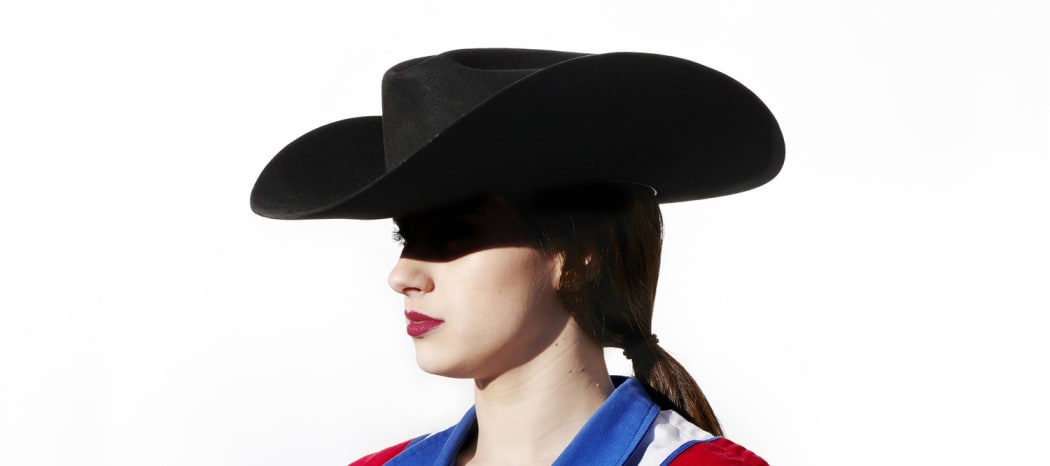 Character Study 05, 2018 (detail)
Character Study 05, 2018 (detail)Bright colors accented by deep shadows draw us in to a Western stage of Nancy Newberry’s creation, Smoke Bombs and Border Crossings. Influenced by her Italian heritage and her Texan roots, the photographs in the show function as a contemporary Spaghetti Western, investigating the spectacle at the core of the Wild West. With meticulous attention to costume and uniform, the director artfully stages scenes of archetypal characters - American cowboys, Mexican charros, and soldiers costumed in marching band uniforms. Newberry’s work investigates the artifice and the real, the mythologies and the histories, the actors and the stage.
-
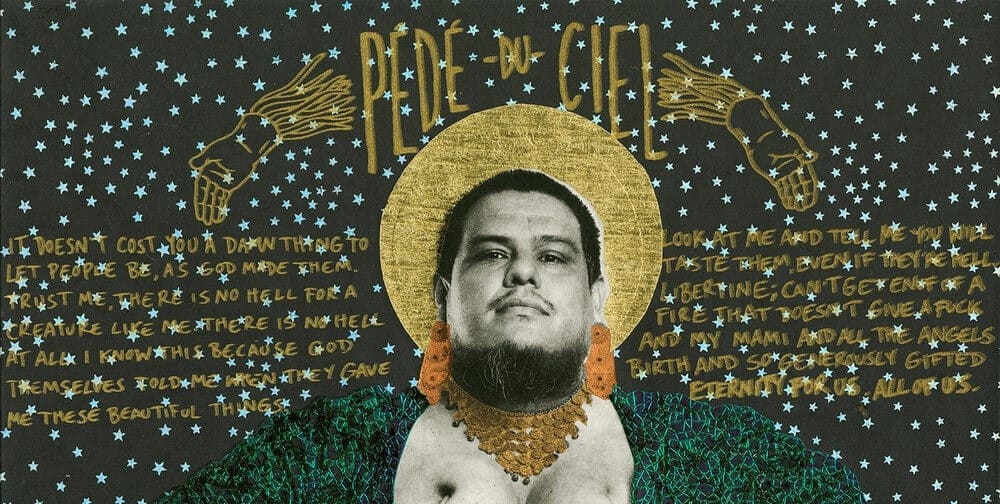 Gabriel García Román, Dorian, 2019
Gabriel García Román, Dorian, 2019 -
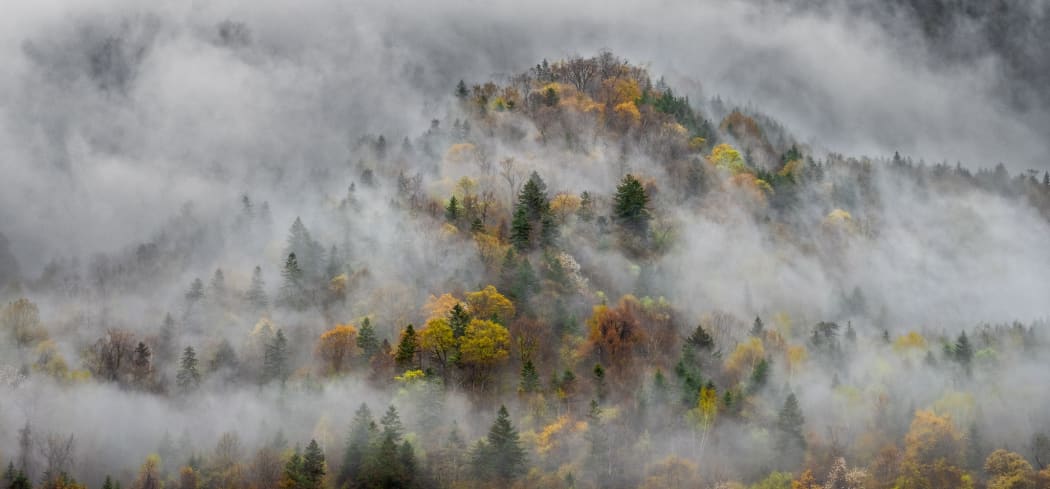 Xuan-Hui Ng, Metamorphosis #21, 2020
Xuan-Hui Ng, Metamorphosis #21, 2020Interludes: Commentary on the Landscapes of Xuan-Hui Ng
By Geoffrey C. Koslov“If I could walk around I swear I'll leave
Won't take nothin' but a memory
From the house that built me”
-Song by Miranda Lambert “The House That Built Me”
Xuan-Hui Ng, originally from Singapore, lives and works in Tokyo. Her landscapes, taken in Japan, Iceland, India, Bhutan, and Canada remind me of this sentiment in Miranda Lambert’s lyrics. In a sense, nature is the house of which she feels so a part. Ng said “ All the negative thoughts that held my mind hostage for months were crowded out by [the landscape’s] beauty. I realized how tiny I was, relative to this universe. There’s so much beauty on earth, so much to live for and to explore. Grief made me look inwards, but discovering nature rekindled that spark of life in me, enabling me to look outwards again. I got over myself. I found hope.” What she expresses in these image is perhaps letting something that lies below in her subconscious surface, and in that way also connects to something in the viewer.
-
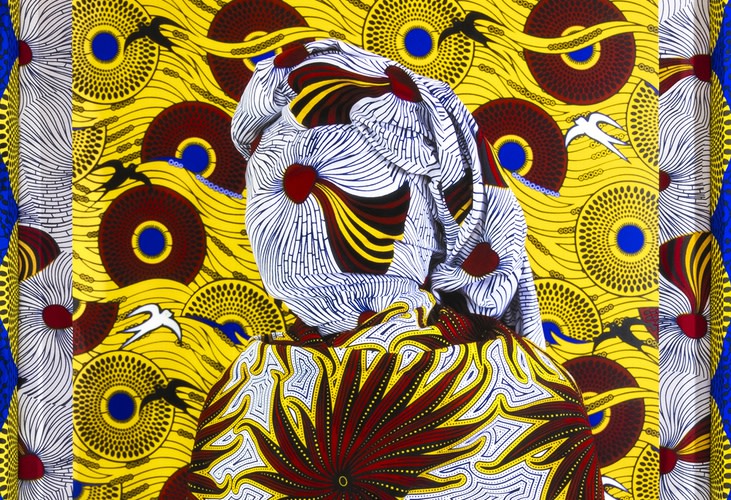 ©Alia Ali, Odyssey, MIGRATION Series, 2021
©Alia Ali, Odyssey, MIGRATION Series, 2021Cartographies of Pattern: The Work of Alia Ali
By Geoffrey C. KoslovAlia Ali uses a global palette of fabrics and photography to map culture and history. She is a US multimedia artist, photographer, and a global traveler with a Yemeni-Bosnian heritage, who is fascinated by the use and meaning of language and the patterns of hand woven indigenous fabric As Ali expresses it: “Textile unites and divides us, both physically and symbolically.” Her art reflects on the politics of borders, colonization, language and the non-verbal passage of traditions and cultural stories through fabrics created by master artisans from around the world. As a purposeful artist on a mission, Ali has made a concerted effort to meet the craftspeople who create these fabrics. She has traveled extensively to learn about meaning and processes associated with the fabric, patterns and pigments. While the fabrics are regional, the appreciation and production has become global. On the surface, these may plainly look like an exciting colorful presentation, but what is covered and explored in the exhibition “Cartographies of Pattern” is a deeper journey, guided by Alia Ali’s imagery, into the story behind each threaded weave of her BORDERLAND, FLUX, MIGRATION, FLOW, INDIGO and حب (ḥub) // LOVE series.
-
 ©Karen Navarro, Untitled (perspective), 2021
©Karen Navarro, Untitled (perspective), 2021The Constructed Self Commentary
By Geoffrey C. KoslovKaren Navarro, an immigrant from Argentina, with a heritage rooted in an indigenous people, now living in the United States, uses a photography-based multidisciplinary approach to self discovery, womanhood and the impact of social media on ourselves and others. All these concepts are woven together in her use of photography, collage and sculpture. Her work is, at the same time, non-traditional portraiture of others and self-portraiture. Her newest work, “The Constructed Self”, is a continuation of an examination of “self” that threads through all of her previous efforts.
-
 © Claire Rosen, Floral Still Life No. 1114
© Claire Rosen, Floral Still Life No. 1114Still Life Stories: Fabled Flora
By Geoffrey C. KoslovA “still life,” whether a painting, photograph or a multimedia creation, brings to mind an assembly of flowers, bowls, bottles, and other objects, natural or man-made, arranged on some type of table surface. What constitutes a “still life” is broad and flexible with no defined rules. We think we will know it when we see it, to paraphrase an expression. With that in mind, a more serious still life work goes beyond a random assemblage of objects. It is a directed purposeful creation that conveys messages through a selection of objects imbued with symbolism from custom or religious association. Looking at the still life photography of Claire Rosen, Yelena Strokin, Robert Langham III, and Julia McLaurin in the exhibition “Fabled Flora,” we examine four different approaches to this art genre that literally span centuries of creative effort.
-
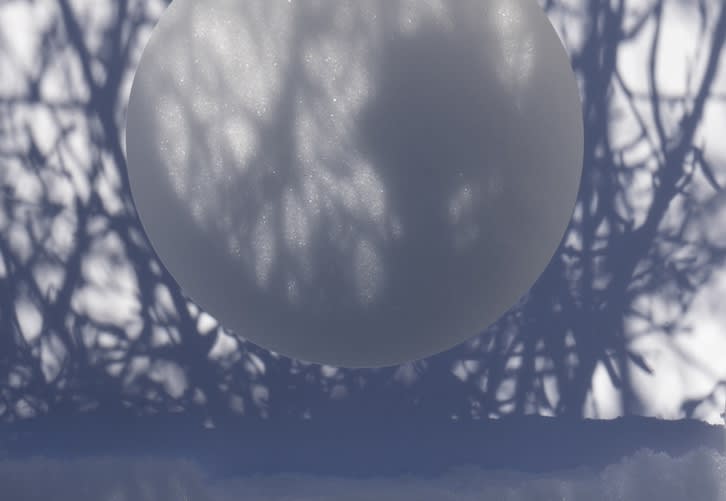 © Brenda Biondo, Shadow Legacy no. 2 (2020)
© Brenda Biondo, Shadow Legacy no. 2 (2020)Sky Light: The Art of Brenda Biondo
By Geoffrey C. KoslovSky Light is an exhibition of two new related bodies of work, Rayleigh Shadows and A Legacy of Shadows, by photographic artist Brenda Biondo. Her interest in light and the environment sparked a decision to move to Colorado many years ago for clearer skies and open landscapes, and her attraction to atmospheric phenomena continues to be a driving factor in her work. With the Sky Light project, Biondo is changing our gaze from looking up at the sky to looking down at shadows.
-

Now You See Me | Curator's Note
Erica CheungNow You See Me is a group exhibition that brings together six artists—Jerry Takigawa, Priya Kambli, Tommy Kha, Jennifer Ling Datchuk, Leonard Suryajaya, and Tomiko Jones—who offer a glimpse into the vast complexity and nuance of Asian America. While diverse in scope, works in the show share a common thread: an urge to be seen and recognized through personal narratives put forth on one’s own terms—all set against the backdrop of a country that didn’t coin the phrase ‘Asian American’ until 1968, and a country that continues to overlook Asian Americans in the public sphere.
-
 © JP Terlizzi, Empress Royal Hague Blue Floral with Orange (2019)
© JP Terlizzi, Empress Royal Hague Blue Floral with Orange (2019)The Good Dishes: The Art of JP Terlizzi
By Geoffrey C. Koslov“The Good Dishes” by JP Terlizzi is photography-based artwork with a foundation in family tradition, history and culture. He broadens a classic still-life genre into a series of images that celebrate life and memory. “The Good Dishes integrates memory, legacy, and metaphor with my response to loss. As I witness an early generation of family members pass, my cousins and I were each tasked with the emotional challenge of cleaning out the family home. Sorting through the heirlooms, we would determine which items to toss, sell, or preserve. Without fail, when it came to the family’s fine china, that item was always given to the person that most cherished its memory and sentimental value.”
-
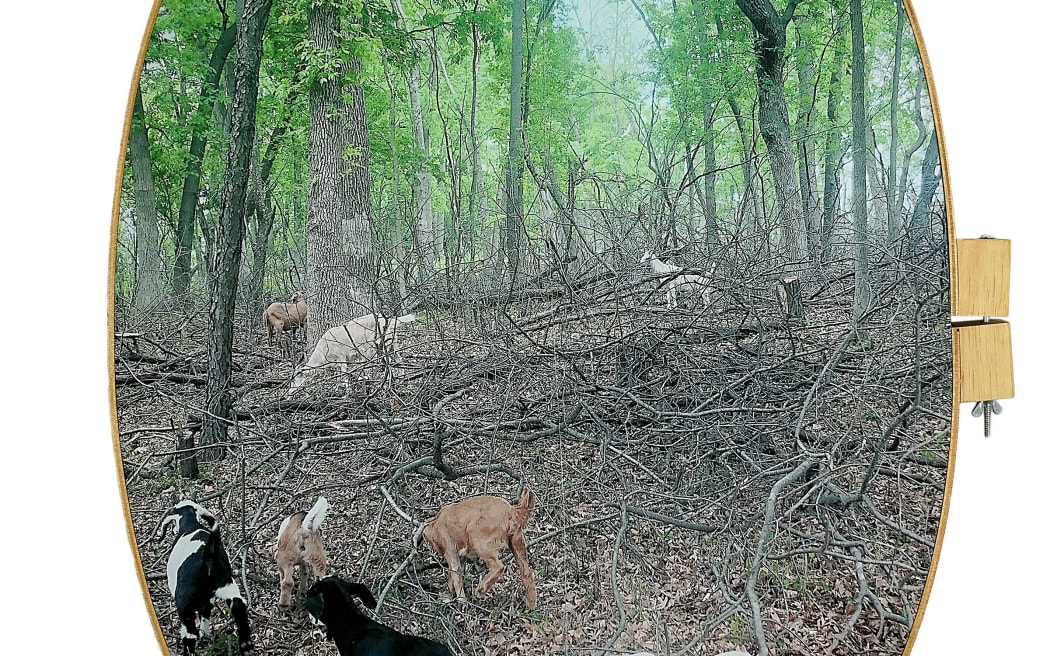 © Letitia Huckaby, Those of Our Land (2019)
© Letitia Huckaby, Those of Our Land (2019)Letitia Huckaby’s “Beautiful Blackness”
By Geoffrey C. KoslovLetitia Huckaby creates unique objects using photography printed onto non-traditional material. “Beautiful Blackness” includes several components that follow the tradition of visual storytelling. The work is a combination of people, land and tradition. Letitia is a deeply religious and thoughtful person. The materials on which she prints—flour sacks, sugar sacks, cotton fabric that is either sewn to create quilts or framed with vintage wood embroidery hoops, as well traditional prints—carry a history that connects past to present. Huckaby’s visual expression is a fine balance of who she is—a documentary photographer and artist.
-

Jane Szabo – The Path to Somewhere Else
By Geoffrey C. Koslov“Somewhere Else,” a project of California-based artist Jane Szabo, is a constructed tableau that transports the viewer away to another time, place, or mood. The visual expression of “Somewhere Else” places the artist, in her own mind, where she would rather be, as an alternative to where she is at that present moment. Szabo uses visual cues to carry the viewer away, using the physical attributes of a constructed house of maps within a chosen stage. With these images, the artist triggers within us a feeling of transition and transformation.
-
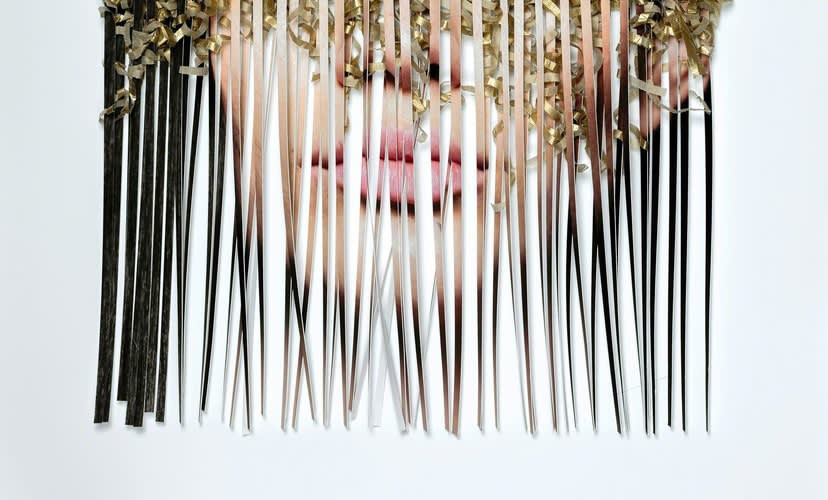 © Lou Peralta, Disassemble 23 (2018)
© Lou Peralta, Disassemble 23 (2018)Lou Peralta – “Disassemble”: A Portraiture Study of Mexico
By Geoffrey C. KoslovLou Peralta’s portraiture project “Disassemble” seeks out people from different regions of Mexico that reflect the country’s varied cultural heritage and celebrates the diverse genetic make-up of their physical characteristics. Peralta seeks to build appreciation for a new Mexican identity and overcome certain stereotypes and preconceptions. The images are embedded, sewn, and woven with materials that Peralta says are the “DNA” of Mexican life from the regions that the people photographed call home. She feels her images will create a new energy and consciousness regarding what it means to be Mexican.
-
 © Noelle Mason, Backscatter Blueprint (Vientre de la bestia)
© Noelle Mason, Backscatter Blueprint (Vientre de la bestia)PhotoLucida 2019 – Through Different Lenses
By Geoffrey C. KoslovPhotographers at Photolucida in Portland, Oregon represent all areas of photography-based work, expressing very different points of view. The diversity in the approach to art and image creation, using the photograph as an object with other media, is inspiring and challenging. Subject matter ranged from documentary work, performance of self and others, and imagery of found objects. Each unique. Each different. Each showing how broadly photography-based art has advanced as a tool of expression.
-
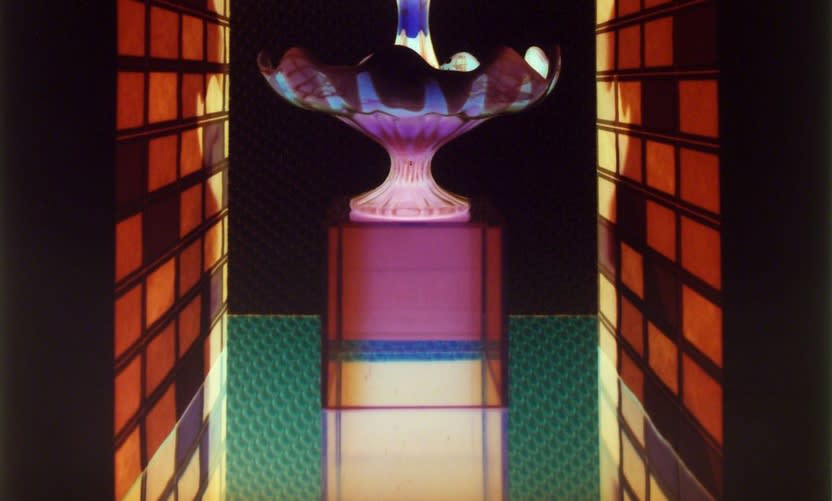 © Robert Calafiore, Untitled (2016)
© Robert Calafiore, Untitled (2016)Images Without a Lens: The Art of Robert Calafiore
By Geoffrey C. KoslovBefore there were cameras with a glass lens, whether on a phone or any one of the many styles of “camera” available today, images were seen on walls and floors as light traveled through tiny holes in barriers between an interior space and the outside world. Before people understood how images could be captured, light entering a darkened space intrigued, amazed and even frightened early humans. Robert Calafiore has practiced the art of using a pin-sized hole on a dark, light-tight box, to capture an image on light sensitive paper. He has brought forward the most ancient of image creation traditions and reintroduced it into our digital dominated modern age.
-
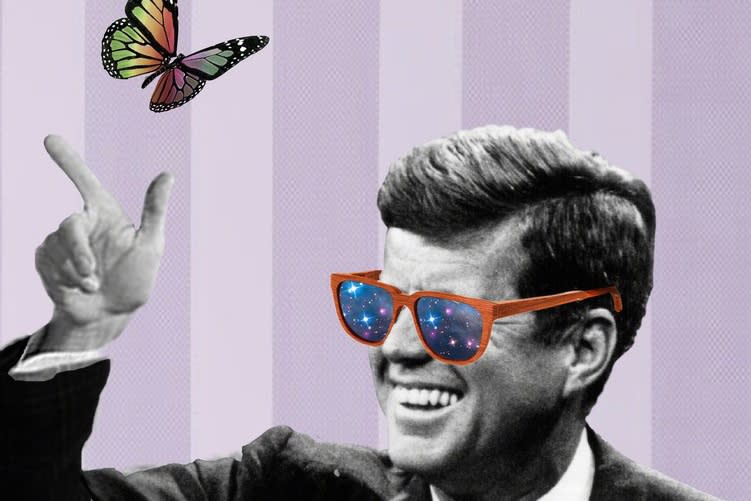
The Edge of Photography: Work of Julia McLaurin
By Geoffrey C. KoslovArt—once imagined, visualized, created and set to paper, canvas or other substrate—becomes a source of creativity and inspiration for other artists who may copy or appropriate those images for their own use. With that in mind, is there a limit to what we consider photographic?
-

Brenda Biondo – Straight Abstracts
By Geoffrey C. KoslovDay or night, the sky has always held a special fascination for people since the dawn of time. In Brenda Biondo’s “Abstracts” series, she shows us the sky differently than we have ever appreciated it before. “Abstracts” consists of three portfolios of work: “Paper Skies”, “Moving Pictures”, and “Modalities”. Biondo describes “Abstracts as…constructed abstractions centered on atmospheric color and light.” These environmental studies vary by season, place, time of day and year. Her straight photographic capture evidences a deep knowledge of the color spectrum, how light is captured and measured, and the physics of reflected light on different surfaces. She has reinterpreted how a landscape or, for “Abstracts”, sky-scapes, can be seen and presented.
-
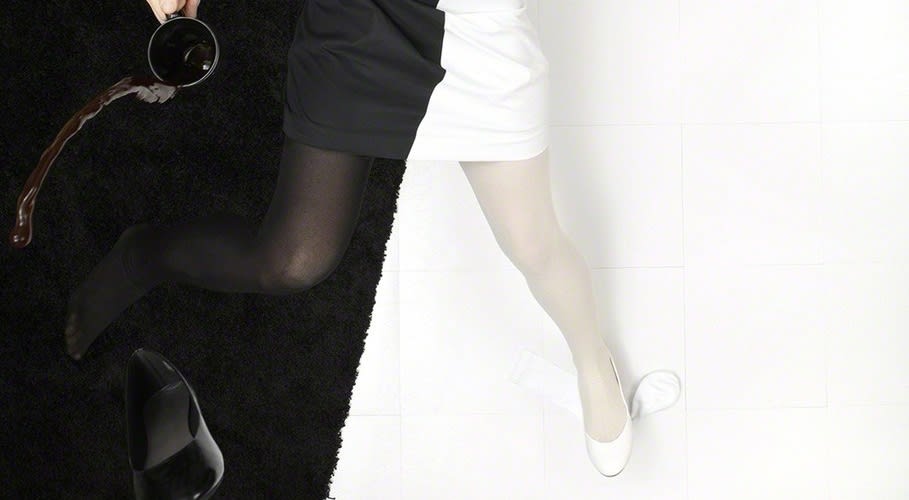
-
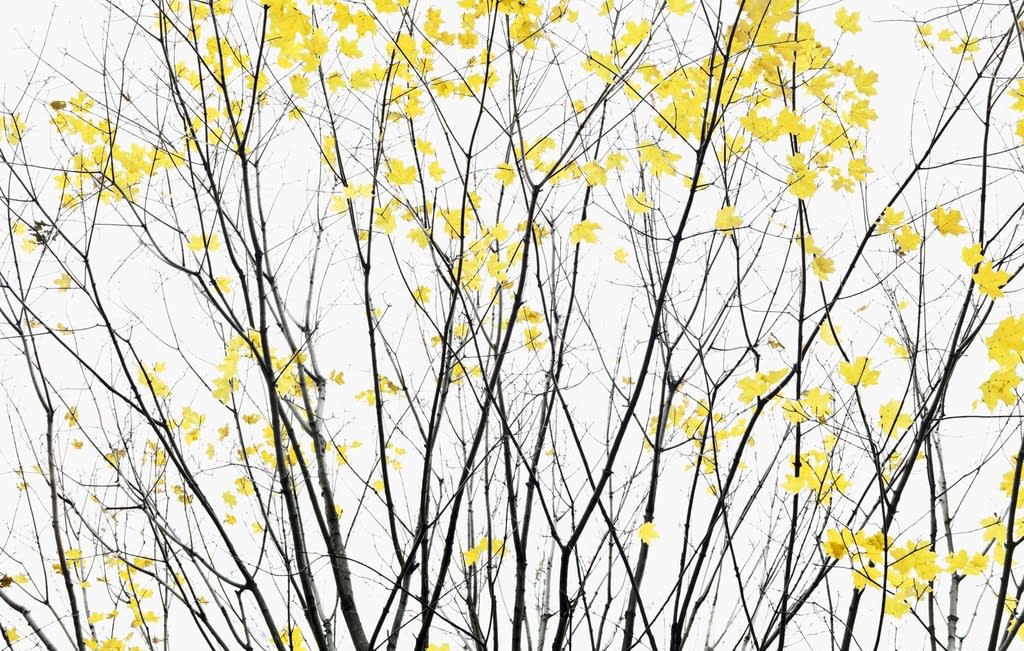
Trees and Photographers
By Geoffrey C. KoslovThere is an attraction all of us have to trees. For photographers, trees hold a special fascination. For 170 years, photographers have used trees as subject matter. The broad variety of species of trees, the visual entertainment of how the trunk and branches expand, turn and twist make each tree different. Leaf sizes, shapes and colors add to the visual diversity. Combining the magic of nature with the time of day and the light of each changing season illuminate each tree and forest with wonderment. The branches, with or without leaves, in life or in death, give the photographer any number of permutations with which to create an image.
-
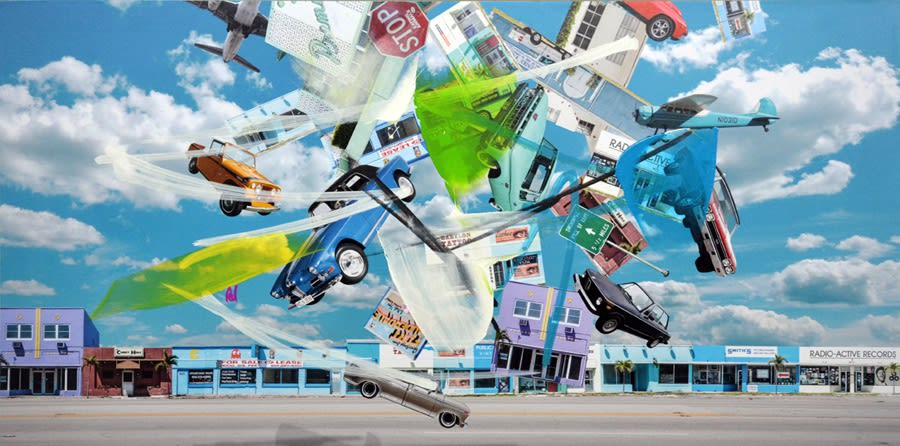
Time in Contemporary Photography-FotoFest 2018
By Geoffrey C. Koslov“The Photograph does not necessarily say what is no longer, but only and for certain what has been”.
– Roland Barthes, “Camera Lucida: Reflections on Photography”
Every two years, photographers, collectors, curators, publishers and photography lovers meet in Houston to share, network and see multiple exhibitions at the FotoFest Biennial. This commentary will focus on six exceptional photographers, from different countries and very diverse backgrounds, who used photography in a special way. The works of these photographers, Paul-André Larocque, Robert Langham III, Fabio Del Re, Lucas Lenci, Teri Havens and Marcus Lyon were seen at FotoFest 2018 and provided an interesting perspective in the use of photography. Each hold a unique vision that help us, the viewer, see the world differently. These artists embrace a concept of time in their work. They reflect time from a single moment to a passage through millenniums. In expressing their unique vision through photography-based art and mixed mediums, our sense and concept of time is broadened and deepened.
-

Still Life Photomontage: Works of Torrie Groening
By Geoffrey C. KoslovCombining photographs and using different media with photographs has been part of photography ever since its beginnings in the mid-1800s. (1) There are a number of words to describe these works. Most often the words used, many times interchangeably, are: collage, montage and bricolage. Torrie Groening (2), a Vancouver-based Canadian artist, is a master printer who embraces the use of photography with other media. Her work is a combination of drawing, painting, printmaking and photography, with a keen eye towards the use and organization of color.
-

-
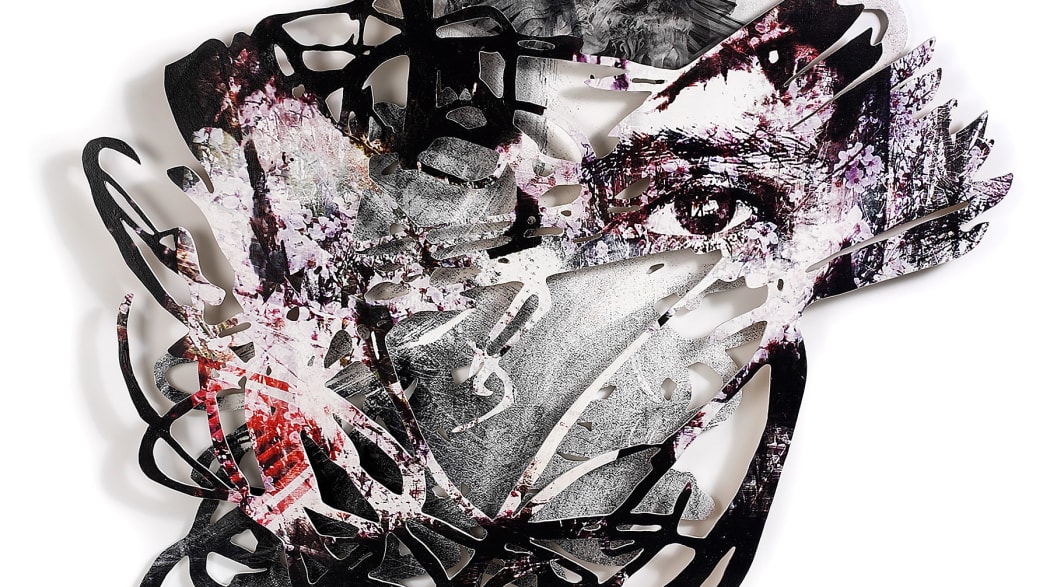
Medium Festival of Photography 2017
By Geoffrey C. KoslovAt an event like The Medium Festival of Photography there are plenty of opportunities to discover new means of artistic expression through photography-based works. The works exhibited ranged from excellent craftsmanship in the traditional use of photography, both as film-based silver gelatin and digital work to sculptural applications. From the many excellent photographers at Medium, four gave me pause to consider their work more deeply: Rob Grad, Krista Svalbonas, Drew Leventhal and Jodie Hulden.
-
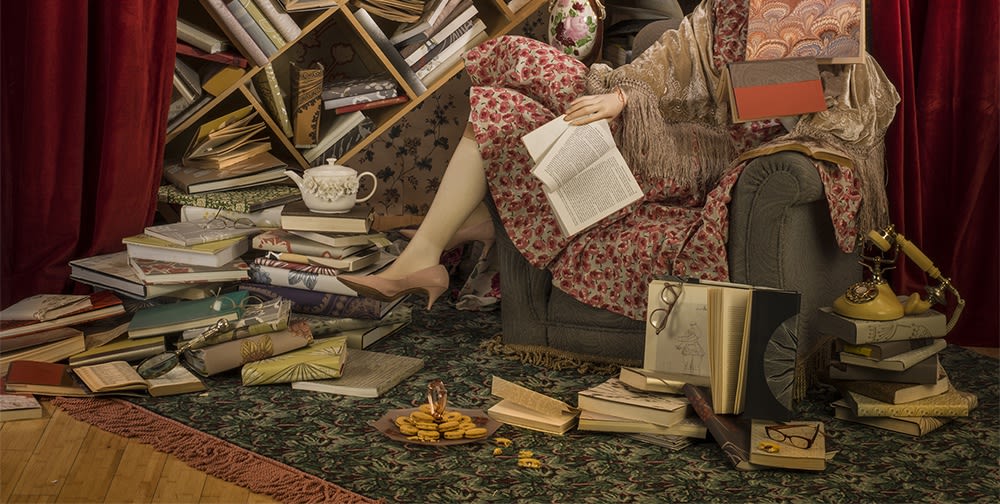
Selections from the 2017 Photolucida Critical Mass 50
By Geoffrey C. KoslovThe Photolucida Critical Mass Top 50 (CM50) is an opportunity to see work from a very large number of talented photographers. Among the photographers in the final 2017 Top 50, selected from hundreds of entries, are some that educate us on how photography can be used for an expression of who we are and challenges we face, both internal and external. While there are too many to write about, five created a voice in images that have matured through repeated visual experimentation. Looking beyond the submitted portfolios, one found artists who kept working and re-working a concept embraced in a challenging subject. Studying the origins of the current projects for Patty Carroll, Marina Font, Nicolo Sertorio, Dotan Saguy and J. Frederic May, we learn to more deeply appreciate the arresting images that hold our eyes to a message they wanted us all to consider.
-
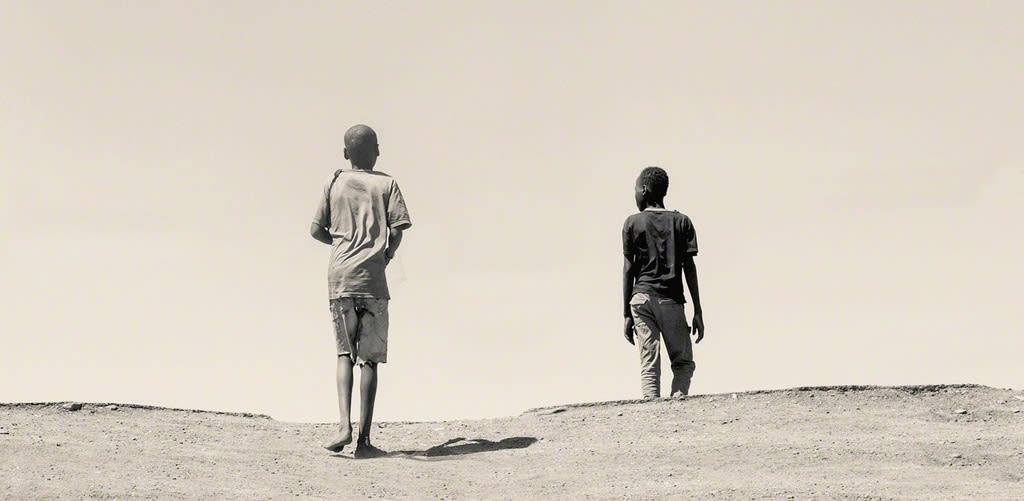
Documentary Photography-The Work of Marti Corn
By Geoffrey C. Koslov“Photography is the only “language” understood in all parts of the world, and bridging all nations and cultures, it links the family of man”
– Helmut Gernsheim (1)
While photographic images are a universal language, there are different approaches a photographer can take to record what they see. Just as different languages have similar words, how the word is used can have a very different connotation. An image can be about everyday events, informally captured as a kind of snapshot—or a “vernacular” photograph. Alternatively, the image can be a more intentional documentary or journalistic/news-type capture.
-
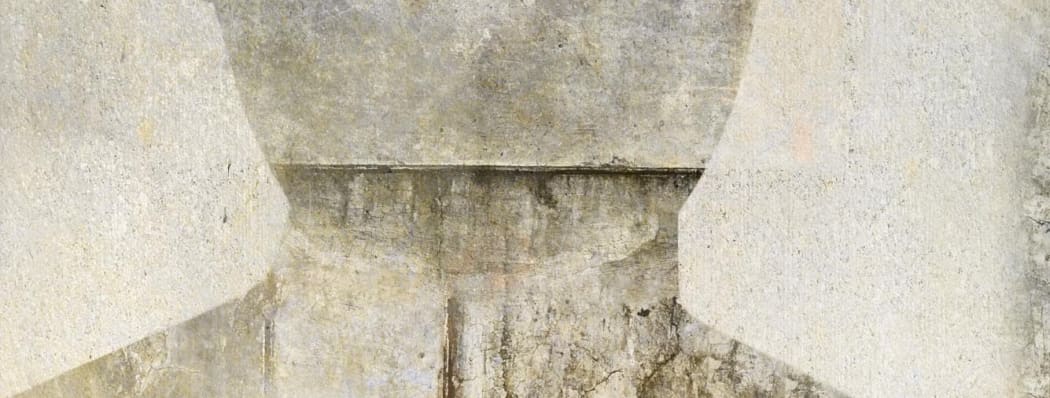
Innovation from Photo Lucida 2017
By Geoffrey C. KoslovLast month at Photo Lucida in Portland, Oregon there were opportunities to make new photographic discoveries. Innovation in photography is evident in both traditional analog silver gelatin prints and digital archival-pigment prints. The old technologies coexist with the new. In each of the following situations, the photographer found the ordinary and made it special, in the spirit of Elliott Erwitt’s comment:
“To me, photography is an art of observation. It’s about finding something interesting in an ordinary place… I’ve found it has little to do with the things you see and everything to do with the way you see them.”
RJ Kern
-
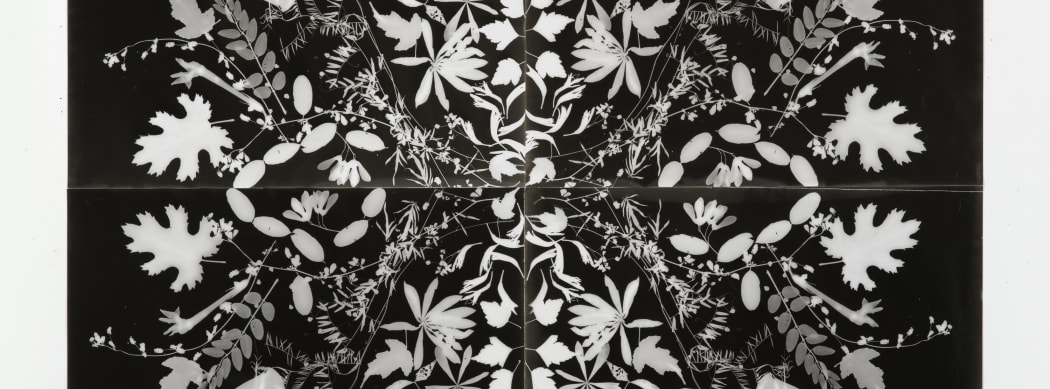
AIPAD - Contemporary Photography - Based Art
By Geoffrey C. KoslovThe 2017 Association of International Photography Art Dealers (AIPAD) Photography Show this year in New York at Pier 94 revealed a global selection of contemporary work beyond the plentiful exhibitions of older, vintage work. There were roughly 150 Galleries, book dealers and Special Exhibitions. Approximately 2250 different photographers were shown on the walls, in the bins and boxes of the dealer booths. While there are many excellent images to visually overwhelm any of us, the six (1) images discussed here spoke loudly and take us to a visually dynamic place. The selected images represent the creative use of old, current and experimental photography, in some cases, mixed with other art media.
-
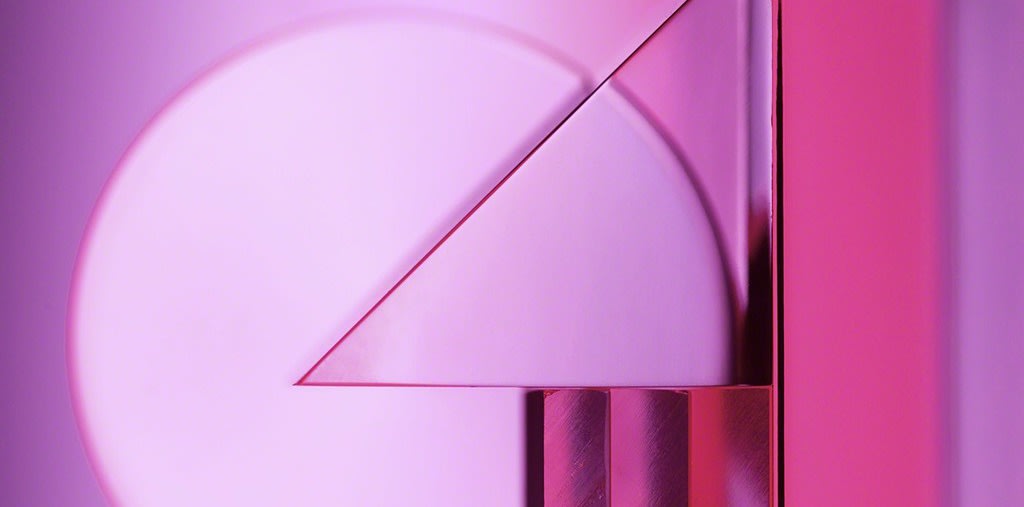
Light is nothing to our eyes. We cannot see it unless there is darkness around us. Yet, light is everything. Most all visible things have some color which resonates from light. Light weighs nothing, yet it defines shape, appearance and gives objects the sensation of mass. Light in nature comes from the sun, which is wavelengths of the colors that make up what we call “light”. (1) The visible light spectrum is a range of hues (or color) that transitions from red, yellow, green, blue to indigo or violet. The human eye is sensitive to red, green and blue or “RGB” (2). At either end of the light spectrum there are infrared waves and on the other end, ultraviolet, x-rays and gamma rays. We cannot capture these extremes without the aid of technology to “see”. The blend of all colors in the visible light spectrum is what we “see” as white. “The absence of wavelengths from the light spectrum is black, yet…black is not actually a color” (3). Deborah Bay’s “Traveling Light” photography series is all about light and color (4).
-
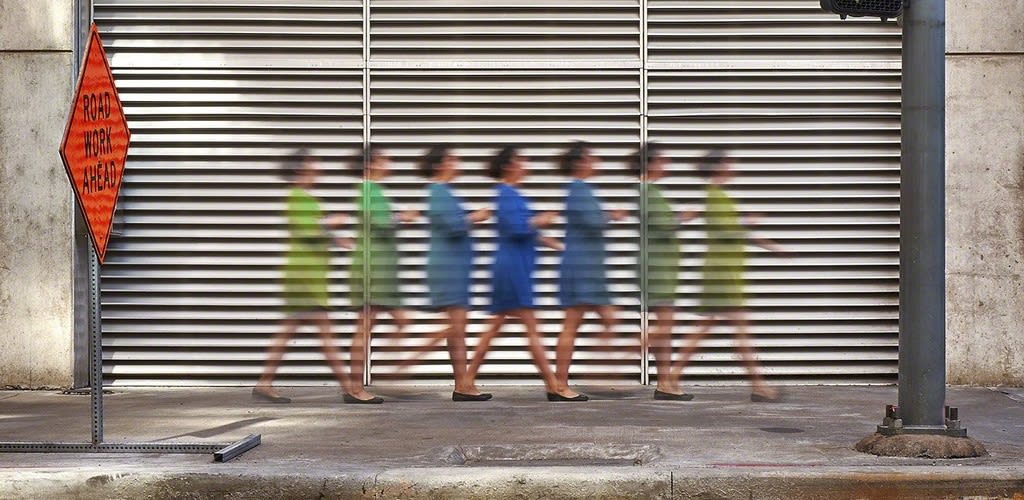
Photography in Motion: Time-Slip – The Work of Martin Holmes
By Geoffrey C. KoslovPhotographers have always been interested in freezing a moment in time. Beaumont Newhall , in describing photography stated: “All good photography… holds a moment of time and a fraction of space forever; it reveals more than the eye can see; it discovers the world for us.” (1) It’s a wonderful statement of what all photographers with a vision to express want to achieve. An emerging conceptual photographer, Martin Holmes, has been experimenting with training his eye and imagination to do just this. Because of his own sense of isolation and the frenzy on city streets, Holmes, in his series “Time-Slip”, used photography as a tool to capture the tone, pace, motion and, for him, emotion of the streets. This commentary will explore his work over the last couple of years and highlight how this expression has evolved through 12 images that each represent different permutations of this still developing vision.
-

Cameraless Photography and The Houston Center for Photography’s Exhibit: “The Surface of Things”
By Geoffrey C. KoslovThe etymology for the word “photography” comes from the Greek words for “drawing with light”. (1) Cameraless photography is fundamental to the story about the creation of photographic images. The Houston Center for Photography’s (HCP) exhibit “The Surface of Things” (2), curated by Keliy Anderson-Staley, Assistant Professor of Photography and Digital Media at the University of Houston, includes 12 artists that have explored the creation of photographic images without a traditional camera and lens. (3) The exhibit by HCP provides a framework for a viewer to better understand this approach to the creation of images by the capture and manipulation of light, whether visible or invisible.
-
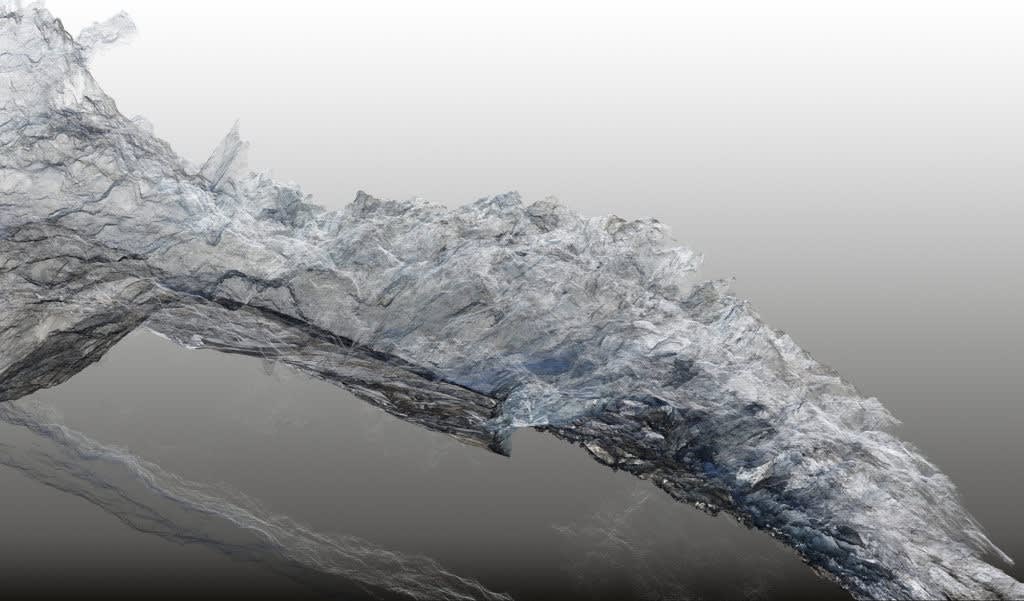
Paris Photo: Trends in Photography
By Geoffrey C. KoslovParis Photo 2016, held in the Grand Palais, had more than 150 galleries (1) representing approximately 3,300 photographers from around the world. The photography displayed included a mix of both vintage and contemporary works. Twenty-nine publishers/book dealers on photography were also on exhibit at Paris Photo. The vast majority of the dealers were from outside of the United States. This does not include all the satellite exhibitions at museums and other Paris based galleries presenting photographic work. Clearly, much to absorb. The exhibitions included several photographers using photography as a platform for different styles of artistic expression. Out of all this work, this Commentary is about five photographer/artists: Dan Holdsworth, Iris Hutegger, Elene Usdin, Letha Wilson and Kate Steciw.
-

The Metaphorical Image – Works of Julie Brook Alexander
By Geoffrey C. KoslovWithin the history of photography, multiple images have been combined to create a more flexible expression of what we see, with the thought that the combined presentation is a stronger metaphor for communication than each image separately. Julie Brook Alexander’s series “Filing in the Blanks” are diptychs, pairings of images that are from different places, taken at different times, and of completely different views of nature. Most are details from landscapes where patterns repeat, lines extend, and colors mirror. She uses these match-ups to make visual the inter-connectedness of our natural world. Each composition balances around a slim white line. That consciously placed and sized white space is reserved for the viewer to transition between a near, or close-in, vantage point photo, to one taken of a landscape or seascape from a far away distance. The use of intimate and infinite relative scales, patterns, lines, and colors bring a visual unity to the piece. That unity of two images, and two perspectives, is a visual metaphor to encourage the viewer to appreciate the unexpected connections in the world, that would not be achieved, in her view, within a single traditional (or straight) image.
-
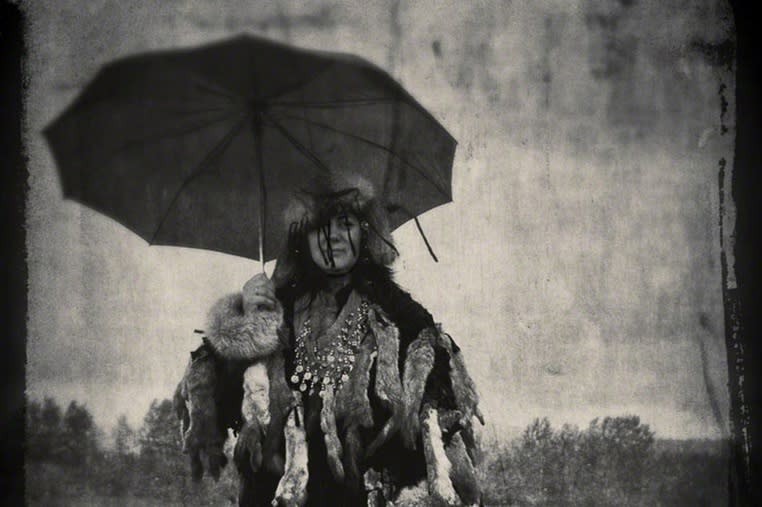
New Visions - The Photography of Vladimir Frumin
By Geoffrey C. Koslov“The painter who does not feel attuned to the aspirations of the masses-this man may not produce a work of art” – Diego Rivera
The Russian-American photographer (1) Vladimir Frumin has a unique and broad visual diversity in his images that are haunted by an intense interest in people on the fringes of society. Frumin’s work ranges from a traditional social documentary style to a very avant-guard commentary on a person’s sense of identity and place. (2) Prolific in his expression, Frumin works primarily with black & white film, scanning and reworking the images digitally. However, the imagery he uses is unlike the work of any of his contemporaries.
-
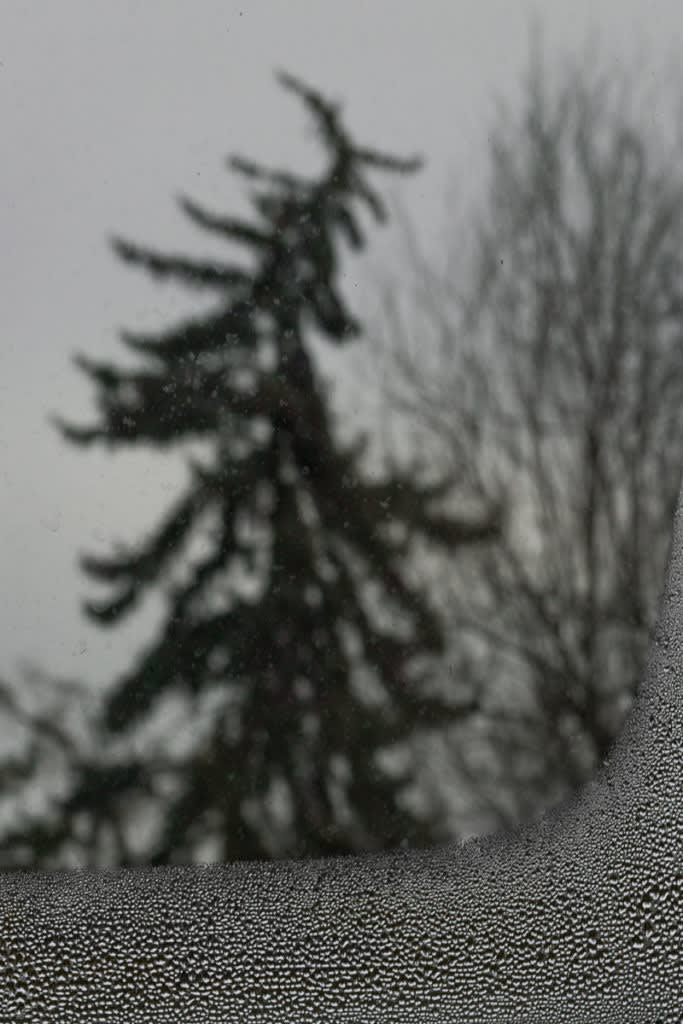
Uneven Surfaces: The Photography of Michael Borek
By Geoffrey C. Koslov“The question is not what you look at, but what you see.”
— Henry David ThoreauWhile Henry David Thoreau, (1) an early American writer, was never a photographer, his expression about “seeing” resonated for Michael Borek as a touchstone for capturing images. Michael Borek (2) is a photographer from Prague in the Czech Republic who emigrated to the US in 1992. While at Fotofest in Houston, Texas, in March 2016, he presented two portfolios of his work: “Treachery of Images” and “Scranton Lace”. Growing up under communism in Prague, Borek, in his words, said he felt like he carried into his images a somber overcast. He also expressed that another Prague photographer, Joseph Sudek, significantly influenced his work. This sense of history begged an examination not just of his current portfolio, but also some selected work that was created earlier in his career.
-
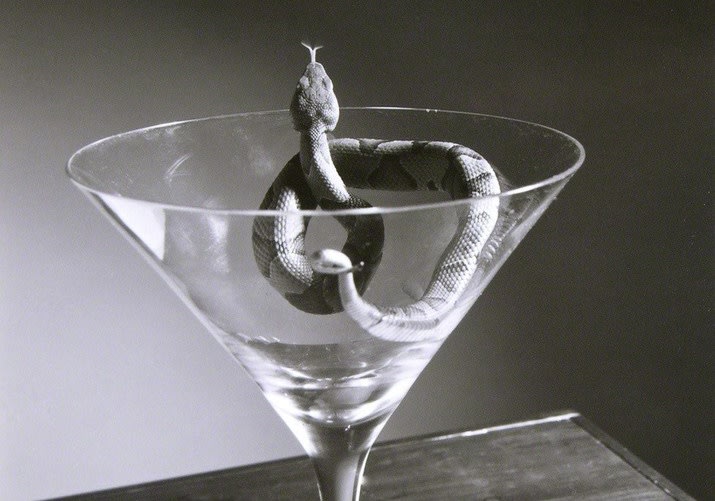
New Visions - Part 1: Still Life Photography
By Geoffrey C. KoslovThe still life is a genre of art adopted by photographers from the earliest days of the medium. Photographers found inspiration in the still life paintings of the early 17th century. (1) A still life motif is used for a variety of reasons, including purposeful investigation, and experimentation of technique and expression. This Commentary on Still Life images is Part 1 of a four part series about artists met during this year’s Fotofest. These artists are taking photography in directions that are challenging, compelling and creating a “new vision”. The work of Robert Langham III, a Tyler, Texas based photographer, creates still life images. In his two series “Blackfork Bestiary” and “Magic & Logic”, he incorporates animals, objects and staging as an historical exploration of where he lives. (2)
-
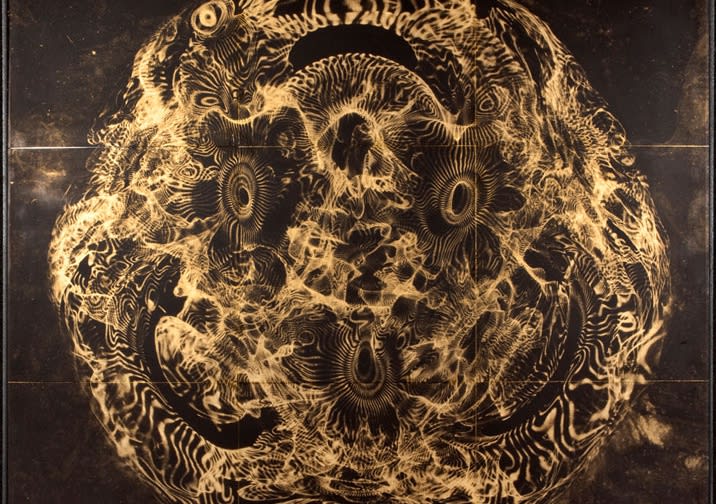
Through Different Eyes – Part 3 The Photography of Louviere+Vanessa
By Geoffrey C. KoslovThis Commentary is the third in a series about photographers I discovered in the Photo Lucida 2015 Critical Mass 50 (CM50) portfolio reviews. Each of these photographers give the viewer a vision of the world through a different set of eyes. In this series, the artists have created a visual expression to convey a message and help us see the world differently going beyond the literal mechanical capture of an image, whether on film or digitally. This article, or commentary as I refer to these, is about the creative work of a team – Louviere + Vanessa (“L+V”). (1) Jeff Louviere and Vanessa Brown live and work in New Orleans, Louisiana. The body of work to be discussed here, “Resonantia”, follows one of their “Theories” for image making which is to “strip away the parameters of time, removing the benefit of that way of contextualizing and defining what the viewer sees.” (2) In addition, the work of L+V combines a knowledge of science with the creation of art. Photography sometimes helps scientific exploration, but here science helps us see what the eye would not normally capture. It is this approach that gives the viewer the ability to see “through different eyes”.
-

Through Different Eyes – Part 2 The Photography of Alejandro Durán
By Geoffrey C. KoslovThis Commentary is the second in a series about three photographers I discovered during the Photo Lucida 2015 Critical Mass 50 (CM50) portfolio reviews. Each of these photographers give the viewer a vision of the world through a different set of eyes. The artist has created a visual expression and a message to help us see the world differently going beyond the literal mechanical capture of an image, whether on film or digitally. This article, or commentary as I refer to these, is about the work of Alejandro Durán. (1)
-

Through Different Eyes – Part 1 The Photography of Jackson Patterson
By Geoffrey C. KoslovIn the 2015 Critical Mass 50 (CM50) of Photo Lucida, there were many fine photographers and works that exhibited imagination and creativity. I had the privilege of being one of the judges where three photographers caught my attention. This is the first of a three part article discussing how each of these three photographers give a viewer a vision of the world through a different set of eyes. Each artist has a way of expressing a message and helping us see the world differently going beyond the literal mechanical capture of an image, whether on film or digitally. This first article, or commentary as I refer to these, is about the work of Jackson Patterson and his series “Recollected Memories” from which three images were selected to discuss.
-
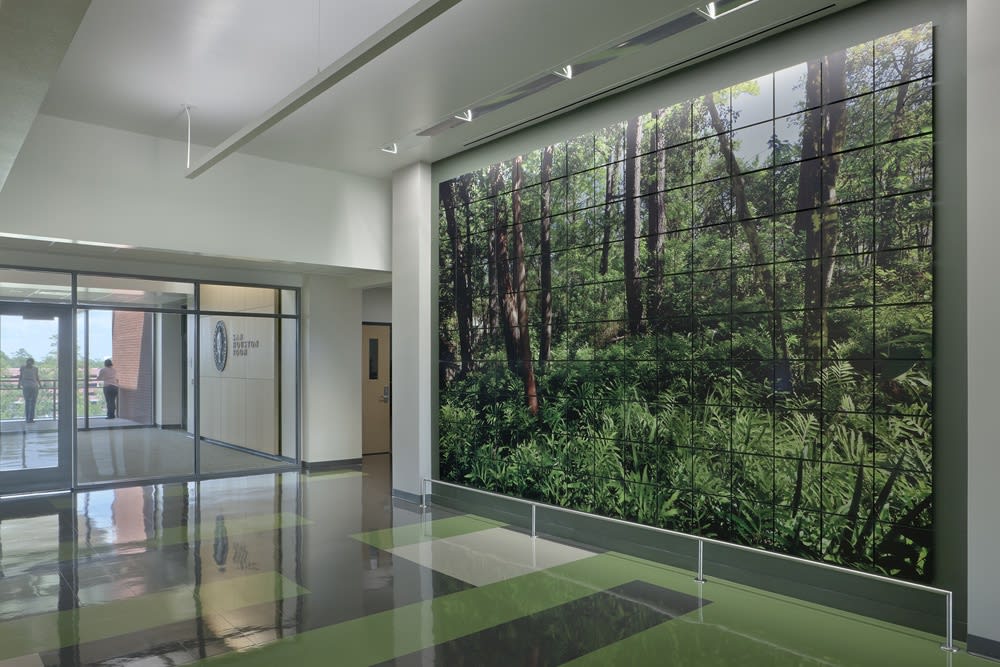
The Art of Photography Installation
By Geoffrey C. KoslovThe world for a photographer is bringing images to life and then having an individual, corporation or institutional collector building an art collection, or public space, acquire that work. Partnering with an “imaging” group is important for an artist that is asked to produce work beyond what their own tools and resources can provide. There is the knowledge that comes from years of experience, problem solving and doing it hundreds of times that photographers can leverage when using skilled professionals to help their art get out beyond the darkroom or studio. There are many photography labs that assist photographers bring their images to life, but not all labs are equal in helping the photographer. The type of imaging institution that provides “full service” to photographers is becoming rare due to irreversible changes in the photo industry. (1)
-
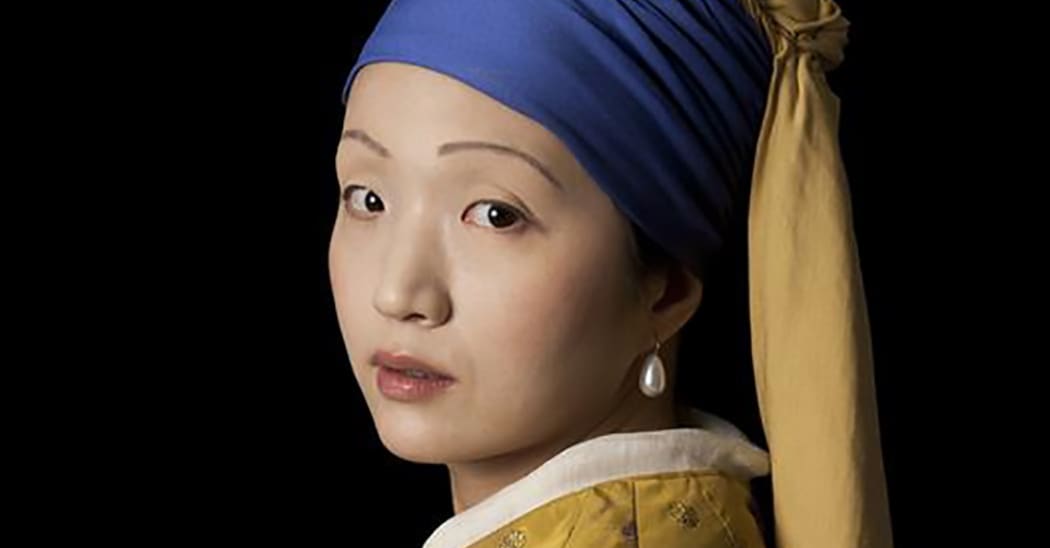
Portraiture in Contemporary Photography - Part 1
By Geoffrey C. KoslovHumankind has created portraits since its earliest days. (1) Portraiture took a large leap with the development of photography in the nineteenth century. We are intrigued with facial expressions whether looking at an image of a child, adolescent or adult. Consciously or subconsciously we give each part of the face close inspection looking for insight into the subject’s personality: their disposition, motivations, intentions. Examining photographic portraits has been a way we practice “critical thinking about identities, how images relate to social, historical and cultural contexts and how ideas, feelings and meanings are conveyed through portrait photography and ultimately how they shape our history”. (2)
-

Jane Szabo: “Sense of Self”, Performance and Photography
By Geoffrey C. KoslovJane Szabo’s series, “Sense of Self”, is a universal visual statement addressing the mental and physical struggles many of us feel. Szabo wrote: “It was time to expose my “Self” and reveal my own vulnerability. Sense of Self is a performance-based series of conceptual self portraits that use blur, movement and light to add a psychological element to the work. These images explore my struggle to maintain a rigid sense of order within my self and my environment (a process that is failing). This attempt and failure to contain chaos parallels my personal struggles and sense of identity. Unfortunately, this self-imposed rigid sense of order, a self that wants to grid, to sort, to map, to control, conflicts with my need to escape into freedom.” (1)
-

Medium Festival of Photography Part 1
By Geoffrey C. KoslovI was privileged to participate as a reviewer at the Medium Festival of Photography in late October in San Diego, California. The setting and photographers were exceptional in all aspects. The work ranged from traditional photography (discussed in this Commentary, Part 1) to creative and imaginative conceptual pieces (to be discussed in Part 2 of this Commentary). Space does not allow for commenting on all the great work seen, so I have selected a few artists to discuss that offered some interesting features that really attracted my attention. This is Part 1 of the discussion.
-
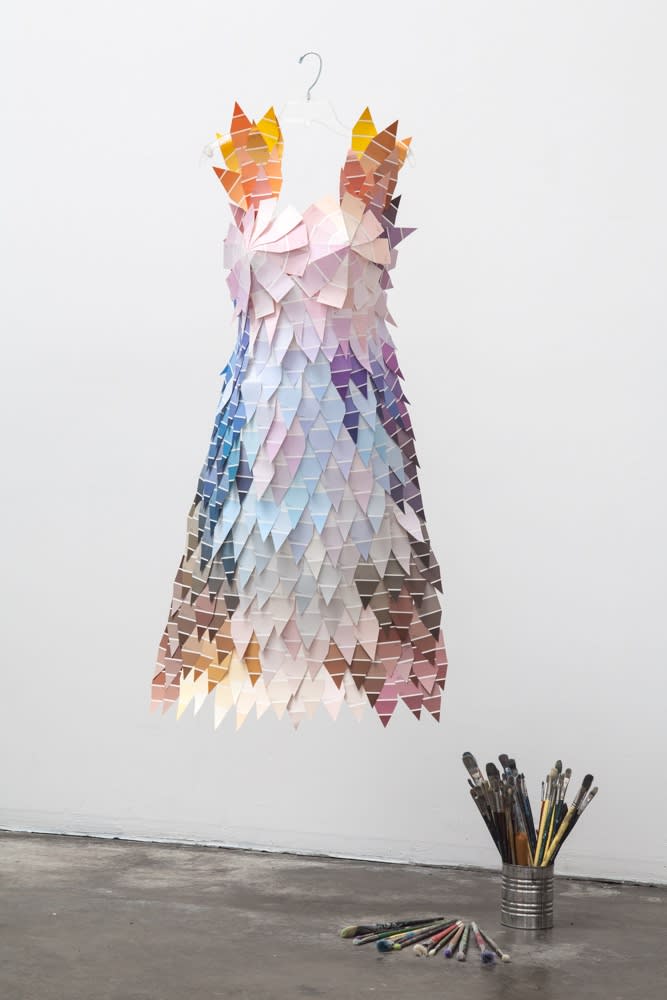
Medium Festival of Photography Part 2
By Geoffrey C. KoslovThis is Part 2 of a Commentary of my review work at The Medium Festival of Photography in San Diego, California during late October 2015. Part 2 discusses selected non-traditional work by four very creative and experimental photographers. The work takes photography into regions that have roots in the past, but grow in creatively new directions. There are staged, constructed narratives, fanciful imaginative settings, photo collaged images, and artists combining an assortment of drawn pictures with photography and other media.
-
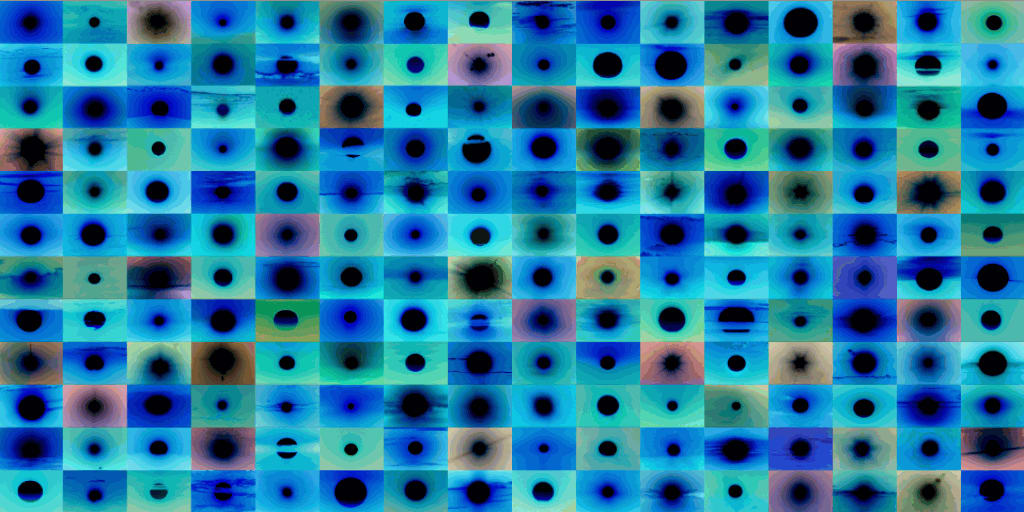
What is Contemporary Photography?
By Geoffrey C. KoslovWhat is meant by the expression, “contemporary photography”? Contemporary photography could be described as a photograph from our own time, compared to an image from a much earlier period. A relevant definition of the word contemporary is: “happening in the same period of time..of or in the style of the present or recent times… .” (1) Contemporary Photography is actually somewhere in the space in time between today, and the earliest inception of the medium. There are no bookends to defining a period for “Contemporary Photography”. It is a rolling and evolving view of photography from a contemporaneous moment in time. There are additional windows in this time period. Other terms used for these other windows for looking at photography might be “Vintage Photographs” (2) or “Modern Photographs” (3). What we refer to as a contemporary print is not a label that permanently attaches to an image. Instead, it is a reference to an image created that reflects our values, challenges and perceptions today or, in reference to a contemporaneous period for that image. (4)
-
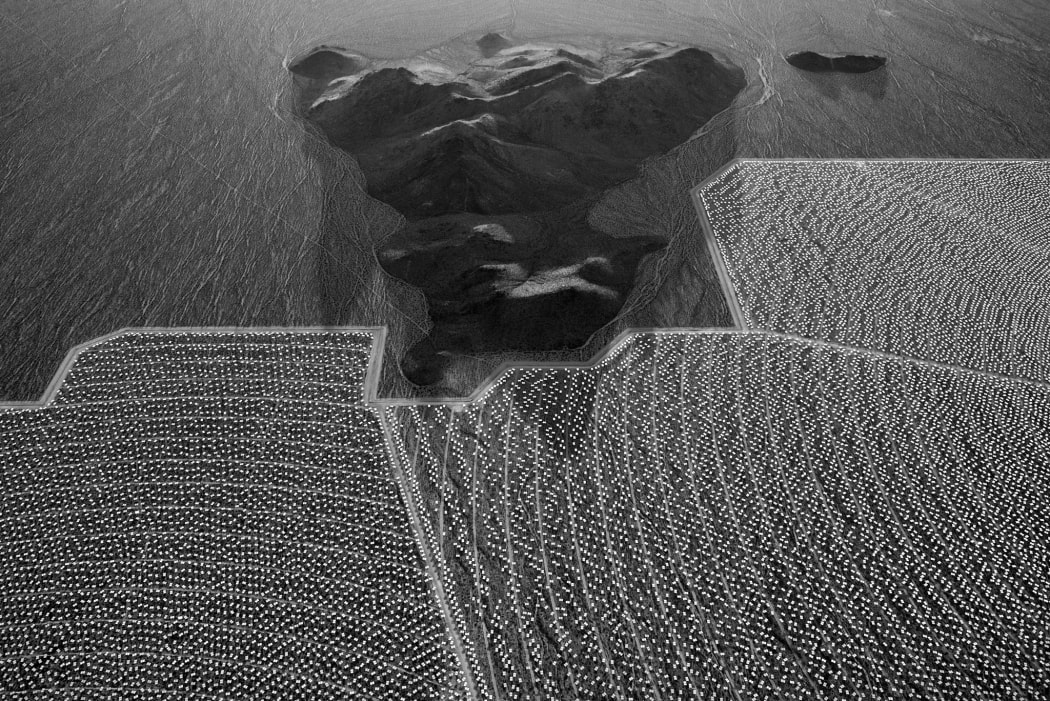
The Aerial Photography of Jamey Stillings
By Geoffrey C. KoslovAerial photography gives the art of the landscape image a very different perspective. Cameras were taken into the air in the earliest days of photography. “The first to successfully accomplish this feat was Gaspar Felix Tournachon or “Nadar” in 1858 when he photographed the houses of the French village of Petit-Becetre from a balloon tethered at a height of 80 meters”. (1) One can now see amazing satellite images of the earth from miles up that are available from NASA, the US Geological Survey or more readily, Google Earth. (2) “…[O]ur generation is becoming accustomed to Google Earth and the neighborhood surveillance imagery over the world wide web”. (3) With the broadening and increasing common use of drones, almost anyone can take an aerial image. (4) So how and why can we better appreciate an image taken by a professional art photographer?
-

Lori Vrba – “Assemblage” – Photography into Sculpture
By Geoffrey C. KoslovLori Vrba’s current work, “Assemblage”, (1) revisits an important development in photography-based art. In the 1960s and 1970s, artists started to incorporate photography into works of art. Many of those artists did not start out as photographers, and many lacked any formal training in photography. Many were sculptors or painters.
-

The Landscapes of Peter Brown
By Geoffrey C. KoslovIt was seeing Peter Brown’s image of Aquifer Lake that made me stop and want to write about landscapes in general, and Peter Brown’s work specifically. Much like his recollections of travel across the country in his youth, his photos reminded me of a lake near my house growing up where I swam during the hot summers. At that moment, I realized that I did not have a way to really appreciate an image other than a visual visceral reaction. Walker Evans was quoted by Peter as referring to a “lyric documentary” (1) style “that bridges subject matter with a photographer’s psyche” (20). Peter describes his landscapes to me as “cultural landscapes” that may have a “lyrical documentary” bent behind them”. He infuses his landscape images with experiences from his youth crossing America by car, now enhanced with years of study of photography, photographers, writers and poets describing a land and its people. I wanted to go deeper into the image than just a pleasing visceral reaction and better appreciate his approach to landscape photography.
-
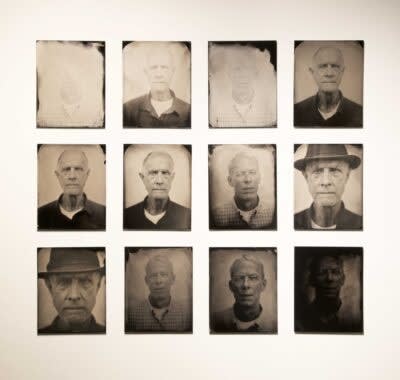
“Found Unfound” Exhibit by Keliy Anderson-Staley
By Geoffrey C. KoslovIn the exhibition, “Found Unfound”, the artist, Keliy Anderson-Staley(1), invites a viewer to contrast what they see with her reasons for creating the images. Keliy is concise in what she reveals(2).
“The impetus for this autobiographical installation was the recent discovery of my biological father, who I met for the first time last year. Until my mother told me when I was twelve, I did not know that my father, Tom, who had been raising us in an off-grid cabin in Maine, was not my “real” father. My mother gave me a single blurry photograph of my biological father—the only one she had—but somehow I lost it a few years later. This lost photograph, and the significance it acquired for me, is represented in the installation in many forms, including through a series of abstract collodion tintypes that suggest images that will never come into being or that only exist in potential. I photographed both fathers in tintype in the past year, hoping to understand them, my childhood and the role photographs have played in my perception of family. Family photographs that had one meaning before have shifted entirely in what they represent in the aftermath of finding Bill.” (3)
-

S. Gayle Stevens and Found Objects
By Geoffrey C. KoslovGayle combs the beaches and enjoys long walks to finds objects to “photograph”. Since early 2008 she has used a wet plate collodion photogram technique on metal and glass, a process developed in the early 1850’s. The “finds” from her walks are what she places on light-sensitized material which is then exposed to light to create a darkened image. The images include a leaf, twig, frog, fish, dandelion or other objects, not all small, as some are as large as a pelican.
-
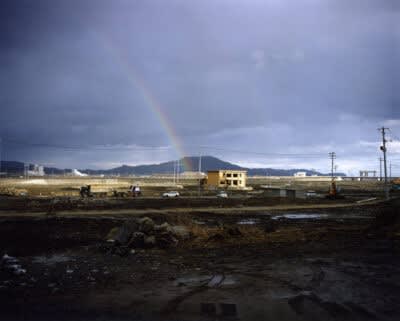
Naoya Hatakeyama-A Photographer’s View
By Geoffrey C. KoslovLast Monday night I attended a lecture by Naoya Hatakeyama that impacted my thoughts on viewing a photograph.
This lecture is on a new body of work on the aftermath of the tsunami that destroyed his home town, Rikuzentakata, Iwate Prefecture, Japan. I was previously familiar with Hatakeyama’s “Blast” series, which I like very much. What intrigued me most were his comments on a photographer’s relationship to their work, and the interaction of a viewer with a photographer’s work.